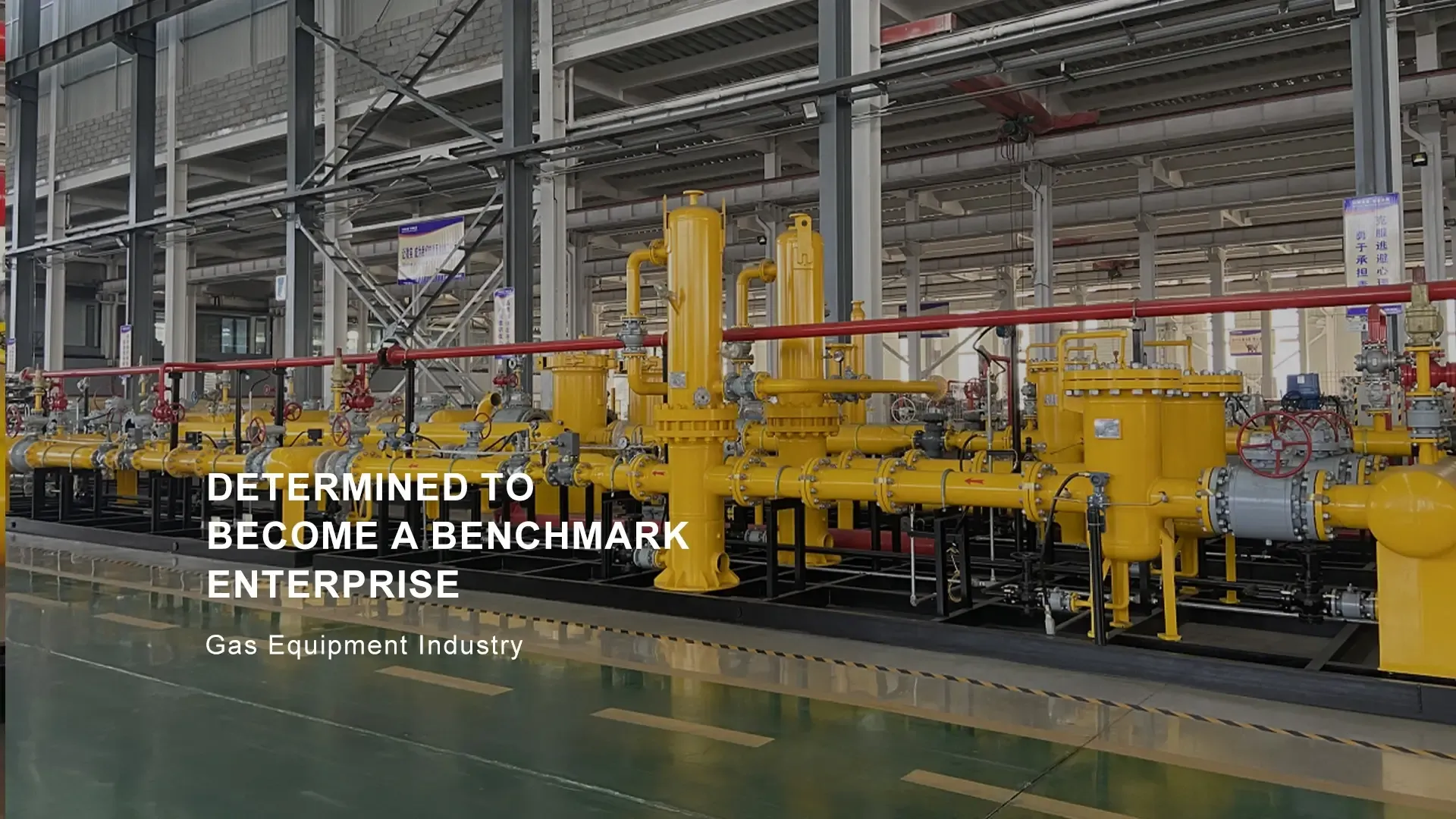
Nov . 08, 2024 09:49
Back to list
Gasification Technologies for Sustainable Energy Production and Waste Management Solutions
Understanding Gasification Equipment A Key to Sustainable Energy
Gasification is an advanced thermal conversion technology that transforms carbon-based materials into syngas, a mixture of hydrogen and carbon monoxide. This process has gained significant attention for its potential to produce clean and renewable energy. At the heart of gasification technology lies an array of specialized equipment designed to facilitate this conversion efficiently. In this article, we will explore the essential gasification equipment, its components, and the role it plays in promoting sustainable energy solutions.
The Gasification Process
Before delving into gasification equipment, it is important to understand the gasification process itself. The process begins with the feedstock, which can be biomass, coal, or municipal solid waste. This feedstock is introduced into a gasifier where it is subjected to high temperatures (typically between 700°C and 1,600°C) in a controlled environment with limited oxygen. The limited oxygen atmosphere prevents complete combustion, allowing the feedstock to break down into syngas and char.
Key Components of Gasification Equipment
1. Gasifier The most critical piece of equipment in the gasification process is the gasifier itself. There are various types of gasifiers, including fixed bed, fluidized bed, and entrained flow gasifiers. Each type has its own advantages and is suited for different feedstocks and operational conditions. The gasifier's design influences the efficiency of the conversion process, the quality of the syngas produced, and the overall energy output.
2. Feedstock Preparation System Before entering the gasifier, feedstock must be processed to ensure optimal gasification. This may involve size reduction, drying, and homogenization. Equipment such as grinders, dryers, and conveyor systems are essential for preparing the feedstock and ensuring a consistent feed into the gasifier.
3. Air and Steam Supply System The gasification process requires a precise supply of air or steam to facilitate the chemical reactions. This system includes blowers and compressors that deliver the necessary quantities of air or steam while controlling the conditions within the gasifier.
gasification equipment

4. Syngas Cleanup System After gasification, the produced syngas contains impurities, including particulate matter, tar, and sulfur compounds. A syngas cleanup system is critical for removing these contaminants to ensure the syngas meets the required quality for further applications, such as combustion in turbines or conversion into chemicals. Common equipment in this stage includes scrubbers, filters, and catalytic converters.
5. Heat Recovery System Gasification is an energy-intensive process, and heat recovery systems are installed to capture and utilize waste heat generated during the process. This not only improves the overall efficiency of the gasification plant but also minimizes energy losses.
The Role of Gasification Equipment in Sustainability
The development and deployment of gasification technology and its associated equipment play a pivotal role in achieving sustainability goals. Gasification can utilize a wide range of feedstocks, including agricultural residues, forestry waste, and even urban waste, diverting these materials from landfills. In doing so, gasification not only reduces waste but also generates renewable energy that can replace fossil fuels, thereby reducing greenhouse gas emissions.
Moreover, the syngas produced from gasification can be used in various applications, such as electricity generation, transportation fuels, and chemical production. This versatility enhances the practicality of gasification as a pathway to a sustainable energy economy.
Conclusion
In summary, gasification equipment is essential for converting biomass and other carbon-based materials into valuable energy resources. With a range of specialized components, from gasifiers to syngas cleanup systems, the gasification process offers a sustainable alternative to traditional fossil fuels while addressing waste management challenges. As the world increasingly shifts toward renewable energy, the importance of efficient and effective gasification equipment in promoting sustainable energy solutions cannot be overstated. Investing in and advancing gasification technology will be crucial for a greener and more sustainable future.
Latest news
-
Safety Valve Spring-Loaded Design Overpressure ProtectionNewsJul.25,2025
-
Precision Voltage Regulator AC5 Accuracy Grade PerformanceNewsJul.25,2025
-
Natural Gas Pressure Regulating Skid Industrial Pipeline ApplicationsNewsJul.25,2025
-
Natural Gas Filter Stainless Steel Mesh Element DesignNewsJul.25,2025
-
Gas Pressure Regulator Valve Direct-Acting Spring-Loaded DesignNewsJul.25,2025
-
Decompression Equipment Multi-Stage Heat Exchange System DesignNewsJul.25,2025

